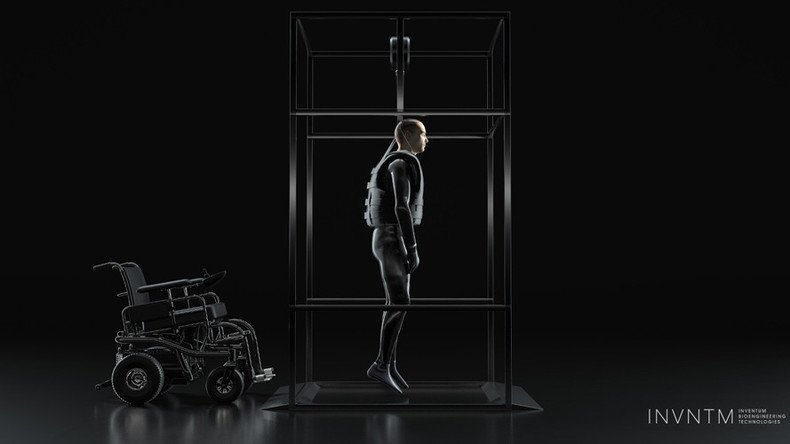Virtual reality will help world’s first head transplant patient prepare for new body

The neurosurgeon behind what will be the world’s first head transplant plans to use virtual reality to help patients prepare for life with a new body.
Speaking in Glasgow on Friday, Italian professor Sergio Canavero revealed virtual reality technology that will allow patients to prepare for life after a successful transplant.
“This virtual reality system prepares the patient in the best possible way for a new world that he will be facing with his new body,” he explained.
Russian Valery Spiridonov has already volunteered to be the first head transplant patient. Spiridonov has a muscle wasting condition called Werdnig Hoffman disease and is in a wheelchair.
In May, however, Canavero said that a Chinese patient would be the first to undergo the surgery, explaining that Spiridonov could not receive a donor body in China due to biological and ethical reasons.
The neurosurgeon has not confirmed the location for the first operation, but says Asia has “the upper hand” due to its early support.
World’s 1st head transplant to be carried out next year https://t.co/ZxLvdokTxLpic.twitter.com/Y8nX5O0SVE
— RT (@RT_com) May 17, 2016
Head transplant patients are expected to risk psychological issues as they come to terms with their entirely new bodies.
Would-be transplant patients will undergo months of VR sessions to prepare for the operation. The VR system has been created by US firm Inventum Bioengineering Technologies.
“We are combining the latest advancements in virtual reality to develop the world’s first protocol for preparing the patient for bodily freedom after the transplantation procedure,” Inventum’s chief executive, Alexander Pavlovcik said.
Head transplant patients would have their heads “frozen” to prevent their brain cells from dying before their necks are partially severed and their heads’ blood vessels are connected to their donor bodies with tubes.
Canavero would then cut a patient’s spinal cord using “the sharpest and most precise blade in the world which will allow a clear cut of the spinal cord with minimal impact on the nerves,” he told members of the Royal College of Physicians and Surgeons, while unveiling the custom-made knife.
Breakthrough surgery: Man grows ear on arm, hopes to have it transplanted to his face
— RT (@RT_com) November 11, 2016
More: https://t.co/quucBWwztChttps://t.co/3EwWCQaHn7pic.twitter.com/XA5xoFNHOj
The patients’ heads will then be attached to their donor bodies, using the chemical polyethylene glycol to attach their spinal cords. The vessels and nerves will then need to be connected.
When asked about the criticism coming from those who feel that a head transplant is akin to ‘Frankenstein surgery,’ Canavero said, “I say go and see what happens when you’re affected by a wasting disorder... trade places with [Mr Spiridonov] and then you tell me. That’s my counter-criticism for the critics.”
In the European context, Canavero feels that the UK is the “most promising place” to carry out the groundbreaking procedure. “I had so much good feedback from Britain, from surgeons, that I do believe that it could get real traction if we push it hard here,” he said.












